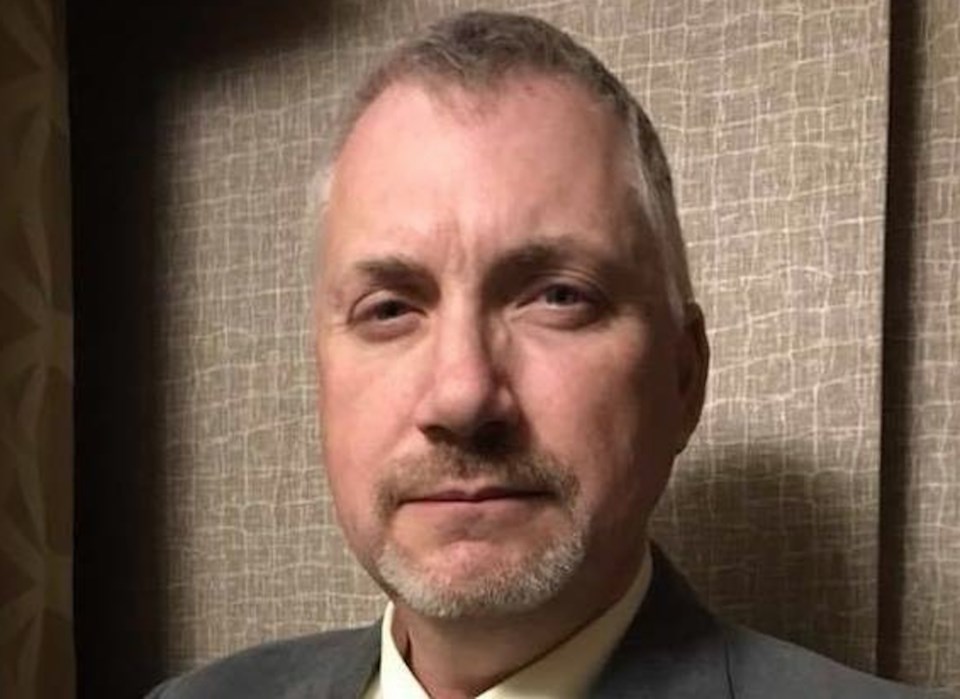Tony Kulbisky was mowing his lawn when he noticed a plume of smoke rising in the north. As the Chief Administrative Officer and Director of Emergency Management for Westlock County, he knew instantly what it meant.
Later that day, May 6, the county declared a state of local emergency as two out-of-control wildfires erupted in the region. One fire was located south of the Summer Village of Larkspur, burning approximately 118 acres. The second, spanning 115 acres, ignited at the Hidden Valley Golf Course.
“It was very clear, very quickly, that we needed to declare a state of local emergency,” said Kulbisky. The declaration also served as a signal to the province that a serious situation was unfolding and that resources were needed urgently.
Fire crews from across the region responded. Westlock County Fire Services sent between three and four stations, supported by Whitecourt SRD wildfire teams and Sustainable Resources personnel. Additional crews from across Alberta — including Calgary, Lac La Biche, Slave Lake and Alexander First Nation — joined the effort, along with contracted water tankers. Approximately 24 firefighters were split between the two fire locations.
The RCMP briefly assisted with evacuations in the Larkspur area. Three homes were evacuated as a precaution, but residents were allowed to return later that evening.
Kulbisky confirmed there were no injuries to people or livestock, and no homes lost. However, several outbuildings were destroyed at the Hidden Valley Golf Course.
“The only things that survived were the house and the shop,” said Ivy Dirks, owner of Hidden Valley Golf Course, in an interview with Town and Country. Despite the damage, the course has reopened and remains operational.
While the immediate threat has been contained, the work is far from over. Fire crews are now focused on identifying and extinguishing underground hot spots. Kulbisky pointed to peat moss — also known as “bog moss” — which can smoulder below the surface and reignite fires even after they appear to be under control.
Firefighters are using hoses and excavators to dig out the perimeter of the Larkspur fire to prevent flare-ups. “We’ve made really good progress on that Larkspur event by digging up and making sure nothing’s burning anymore,” said County Fire Chief John Biro in a message received during Kulbisky’s interview.
The Summer Village is located near a provincial park, increasing the urgency to keep the flames from spreading. Provincial crews are taking added precautions to protect the area.
Kulbisky said declaring a state of local emergency allowed Westlock County to receive support from the provincial emergency operations centre. “We’re very fortunate that services have been allocated to us — and they’re staying here for the duration of the event,” he said.
The county has also set up its council chambers as an incident command post to support fire crews. From fueling vehicles and providing meals to supplying porta-potties, the team is working to ensure responders have the essentials they need to keep going.
The province offers a disaster recovery program to assist municipalities facing unexpected emergency costs. Kulbisky said once it is safe to do so, an investigation will be launched into the cause of the fires and what expenses may be eligible for provincial reimbursement.
He noted that the fire ban will remain in place until conditions improve. “If we don’t get copious amounts of water and rainfall in the next three weeks or so, we could be right back to doing this,” he said.
Kulbisky urged residents to take proactive steps to protect themselves and their properties. This includes fire-smarting properties by clearing brush, storing wood away from buildings, and keeping water sources nearby when using barbecues or tools that generate sparks. He also encouraged everyone to have a ready-to-go emergency kit with essentials like documents, food, water, and extra clothes.
One of the most notable aspects of the response has been the community involvement. Local farmers and Hutterite colonies offered their time and resources to support firefighting efforts. Some delivered extra water, while others brought equipment to help tackle hot spots.
“Everybody played a small role in the much bigger effort,” Kulbisky said.
As of May 9, crews remained at both fire sites. The immediate goal is to fully extinguish the fire at Hidden Valley and secure the perimeter at Larkspur. Kulbisky expressed confidence that if progress continues, the county will be able to lift the state of local emergency by Monday, May 12.



